#Risorgiomento
Explore tagged Tumblr posts
Text
A Real-Life Barefoot Contessa
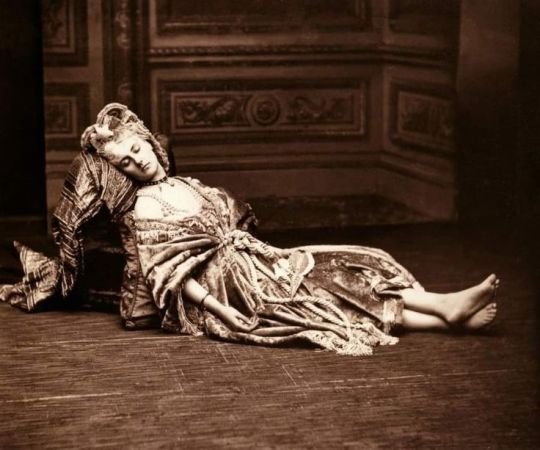
Well, what can I say. She's fabulous.
The Fabulous She I refer to above is the Contessa di Castiglione, who, were she living today, would be making millions on Instagram, TikTok, YouTube, and a gazillion other social media platforms. Being that she lived during the 19th century (1837-99), the Contessa had to settle for the reproductive mass media tool of her time—Photography. It was a medium with which she became familiar and whose function, beyond that of utility, she grasped profoundly. But not as a mere recorder of reality. No, for her it was an instrument of fantasy: Of role-play and the projection of a kind of imaginative truth—the truth of the Inner Self. That Being we see not in the mirror or in the eyes of others, but in our minds. The Self not known to mundane existence but as the most personal, intimate, and rarefied form of Art.
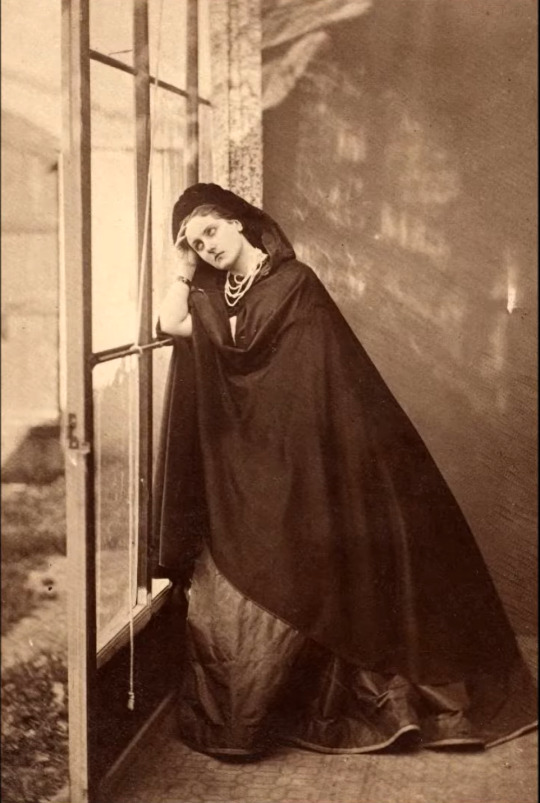
Over the course of some thirty-odd years, the Contessa had about 700 photographs taken of herself, in all sorts of costumes, in all sorts of poses, in all sorts of moods. She would wear her most extravagant gowns, she would stage herself in tableaux taken from history, theater, literature, and from her own life; she would present her bodily parts (mainly bare feet and legs) as brazenly fetishized objects; and she would frequently be seen gazing—at the camera, towards the distance, and at herself, reflected in hand mirrors and pier glasses. She fashioned herself as a self-image within another self-image, a self-referential, self-knowing portrait of who and what she was—a creator of herself as an Object of Art.
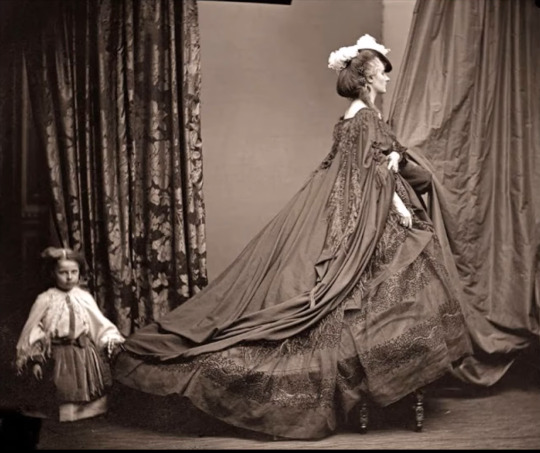


Our Contessa did have an interesting, pre-photography history. Born Virginia Oldoini Rapallini to minor Italian nobility, she was wedded, not of her choice, at age 17 to the some-12-years-older Count Castiglione, a union that produced one son and much unhappiness for an ill-matched pair. But when, at the urging of a diplomatic cousin, the Contessa arrived, in 1856, at the court of Emperor Napoleon III, to argue for the cause of Italian unification, she came into her own. Beautiful (extremely), witty, willful, and daring, the Contessa quickly slipped between the Emperor's sheets, while titillating the French aristocracy with her flamboyance, her outrageous fashions, and, even then, her complete self-absorption. You could call her the Kardashian of her time, except the Contessa was (and is) way too cool; no vulgar Kardash of today has one tittle of the Contessa's elegance, style, taste, and her utter sense of being—Fabulous.

Such Fabulousness, however, then as now, had a price. In a matter of months, the Contessa's affair with the emperor had fizzled, her husband had separated from her, and various scandals (mainly to do with her dramatic costuming, or presumed lack thereof) sent her packing from the Court. Within a few years, she had retired to a solitary anonymity in the Parisian suburbs. Although she continued to correspond with influential friends and lovers, she was soon forgotten by a world she had once dazzled.
But it was then she began her real vocation: To have herself—her life, career, legend, her imagined Being—inscribed in the most sophisticated recording medium of her era. With her reproduced images being sent to family, lovers, and friends, it was thus the myth of the Contessa was born—leaving to posterity, in nearly 700 photographic images, her tribute to the Self, a paean to Narcissism, as complete, obsessive, and solipsistic a voyage of Self-Creation as can be imagined. For which we can all be grateful.
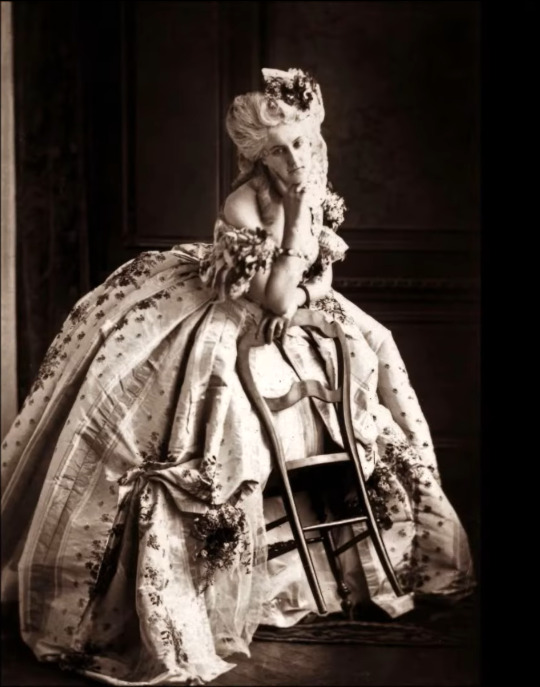
Even when the lady had passed on, to that great photographic studio in the sky, recording media was still obsessed with the Contessa. The 20th century has taken advantage of her legend and allure to construct several films around her life, two of which I have seen. Both these films—La Contessa Castiglione of 1942, and The Contessa's Secret (also known as La Contessa di Castiglione) of 1954—follow her pre-photographic activities at the French court and her relationship with Napoleon III, while also touching on the cause of Italian unification (the putative reason for her Imperial seduction). Not that the Contessa lacks for other company; in each film a dashing young beau makes sure she's never at a loss during her down times. Another kind of Unification comes to the fore here.

I can't say how accurate either film is about history or biography, as each one (made in Europe) is dubbed in non-subtitled Italian, a language I don't know. I suspect, however, that for each History is merely an armature, a tailor's dummy (almost literally) to display the Contessa's stunning costumes, hair styles, jewelry, and fabled beauty. What the films lack in concrete Risorgiomento history is more than made up in their imaginative recreations of Risorgiomento fashions, style, and manners, an emphasis filtered, I sense, through a box-office consciousness of where audience interest will lie.

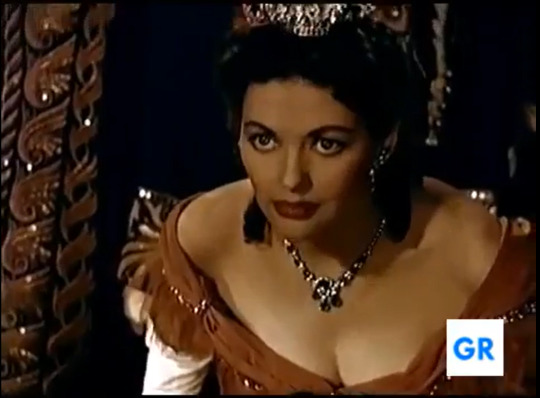
Such interest is foregrounded in the two actresses who portray the Contessa—Doris Duranti in 1942, Yvonne de Carlo in 1954. Both are amazingly beautiful women (which, no doubt, would have pleased the real Contessa), yet each one in her film is different in her look, performance, and image. They're almost reverse copies of each other: The slender Duranti is as pale as a Wili, with the delicacy of antique lace and the brittleness of an embroidery needle; whereas the fleshy de Carlo is dark, round, and energetic, an endearing touch of middle-classness in her style. The performances may not be the same, yet each one individually satisfies a fantasy of High Romance: If Duranti is a drooping lily, too frail and exquisite for everyday mucking-about, de Carlo is fiery, eager, sincere, an American-Canadian housewife's ideal of aristocratic passion, adventure, and glamour.

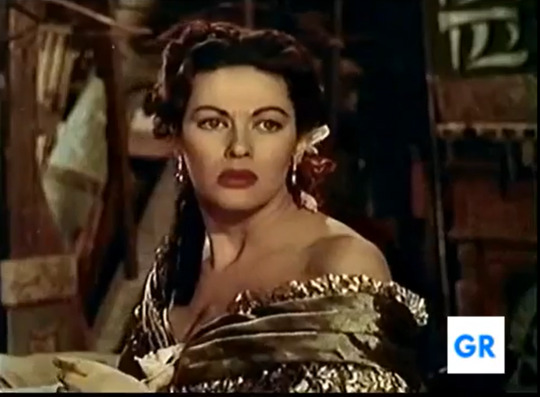
Is either portrayal anywhere like the real Contessa? I suspect not. Each performance arises from a 20th-century notion of Romance as portrayed in the Woman's Film genre—in which Life is a serial melodrama, a self-absorbed Theater of Emotion enacting scenes of Love, Passion, Despair, Renunciation, and Transcendence. Neither film touches on the Contessa's later career as a self-acting photographic model, yet curiously, each film does refer to Acting. In the 1942 film the Contessa is seen posing in what look like tableaux staged for the amusement of the French court; in the 1954 version she's seen attending elaborate theatrical performances. Artifice, as well as Art, is never far from the glittering boundaries of the Contessa's imaged self.
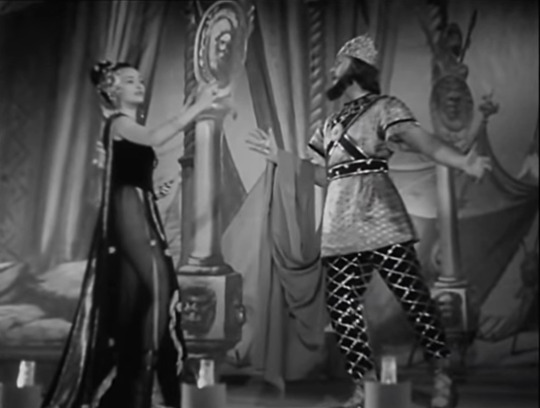
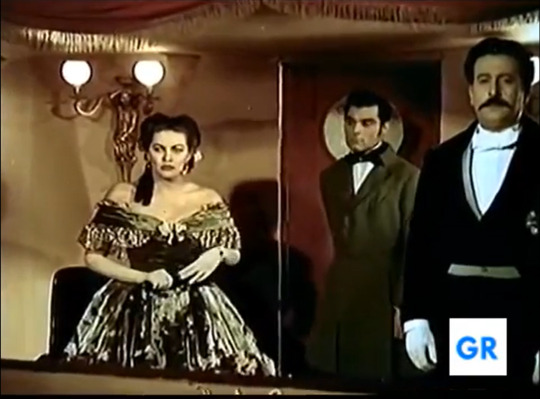
I'm guessing such scenes were inserted as commentary on the dramatic situations within each film. Yet, from another perspective, they can also be (foreshadowing) critiques of the Contessa's later photographic obsession, in which she depicted herself in scenes of what can be called a private Theater of the Mind: Portraying herself as gay, solemn, seductive, pensive, flirtatious, and, perhaps most alluringly—as detached; a distant object whose cool, blank gaze at the camera (and spectator) seduces us by its very remoteness. Gazing ourselves at these self-acted scenes, we might ask—how much of what we see is the actual Contessa, and how much is what we project onto her? Is the Contessa acting out self-fantasies for her own secret pleasure? Or is she 'acting,' as did Duranti and de Carlo, for a possible public, to view and witness her images, which become in turn embedded in our own fantasies of who this fabulous being is?

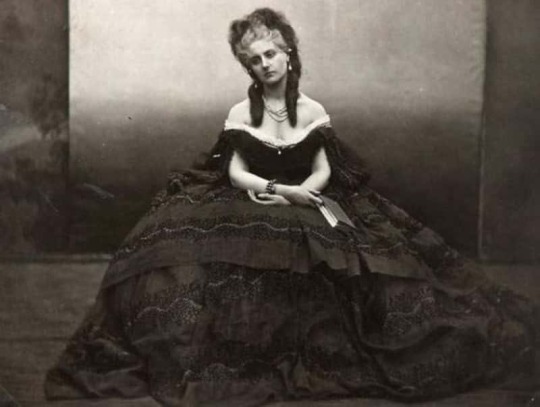

I've no doubt were she alive today, the Contessa would be making videos of herself on YouTube, home movies, as it were; creating, once again, a self-image for her admirers, aided by the marvelous additions of motion, color, and sound. What would they look like? What facets of this complex, complicated personality would be on view? Would they be bold, opinionated, spontaneous? Would she be commenting on current events, or indulging in gossip, or handing out beauty tips for self-improvement of the masses? Or would they be like her photos—silent, mysterious, teasing, contemplative, self-absorbed; indeed, self-enchanted with her changing, changeable, yet somehow always unchanging Self? We can only fantasize ourselves as to what they would be. As well as to what we would, within our own minds—see.

You can view more photographic images of the Contessa here. I've also written more on the Contessa di Castiglione, and the two films on her life, here at my Grand Old Movies blog. Because someone so Fabulous deserves to be written more about.
#Contessa di Castiglione#black and white photography#photography#19th century#Risorgiomento#Napoleon III#melodrama#woman's film#history#2nd Thoughts#self portrait#self love
6 notes
·
View notes